Buying a SIM Card or eSIM in Argentina
We may earn a commission from purchases you make after clicking links on this site. Learn more.Argentina is a remarkable country to travel in. From the majestic Iguazu Falls on the border with Brazil to the dramatic Patagonian steppes in the south, the buzzing European vibes of Buenos Aires to the cowboy country of the Pampas, there’s so much to experience in this vast South American nation.
Whether you’re buying a physical SIM card from a local company or using a travel eSIM like I did, it’s not hard to get more than enough high-speed data to last the length of your trip. Here’s what you need to know.
Companies
There are three main phone networks in Argentina: Claro, Movistar, and Personal. All three have a similar amount of the market, but Personal has the fastest speeds. That’s the company I’ve gone with in the past.
On my most trip, however, when I was only spending a week in the country split between Buenos Aires and Iguazu Falls and didn’t have time to hunt out phone stores, I just went with a travel eSIM instead. It was super-simple, and I’d happily do it again.
Travel eSIM for Argentina
Compared to using a local SIM, travel eSIMs are a convenient but expensive option in Argentina. It didn’t matter so much for my stay, since I was only there for a week and didn’t need a lot of data, but I’d go for a local SIM for longer trips.
Of the companies I use and recommend, aloSIM usually has slightly better pricing on most data packs, so that’s a good place to start. If you’re visiting multiple countries and looking for a Latin America-wide option, though, Airalo is the way to go.
Need travel insurance for Argentina?
Need travel insurance for Argentina?
Like most travel eSIMs, it’s data-only: you don’t get a local number. I use apps for everything from communication to transport these days, so the lack of a local number very rarely matters to me, but you might have different needs.
Note that as in the rest of South America (and many other places outside the United States), WhatsApp is the main method of staying in touch in Argentina.
You can usually send WhatsApp messages to everyone from your taxi driver to the phone company: it’s free and if you don’t speak great Spanish, much easier than calling.
If you’re new to eSIMs, they offer big benefits to travelers in terms of how quickly, easily, and (often) cheaply you can get connected when you arrive in a new country. Most recent phones support them, and you can read all about them here.
How to Buy a Prepaid SIM Card in Argentina
There are many Personal stores around Buenos Aires and other large towns and cities in the country, although English may not always be spoken.
Tourist SIMs are available at the phone stores at the airport in Buenos Aires, although they can be more expensive there than elsewhere.
You’ll need your passport so the SIM card can be registered to you, which has to happen at an official store rather than a kiosk on the street. Even so, it can take a while: I was in there for 20 minutes.
That said, some of the other providers (Movistar, Claro) let you register the SIM online, by uploading a scan of your passport and a selfie. It’s an option if you can’t find an official store, but I’d be hunting one of those out first if possible.
Prepaid SIM and eSIM Costs
Note that due to high inflation of the Argentinian peso, I’ve quoted prices in USD. The rate against the dollar changes all the time, but the US dollar equivalent doesn’t move as much.
Personal offers a few different plans at good rates. Oddly, the tourist SIM is cheaper than the standard prepaid plans: it’s usually about $1 for 3GB of data, unlimited WhatApp, plus 100 national call minutes and 30 international minutes.
Other options are available, but since you can renew the tourist SIM at any point for the same price, there’s no real value in using them. You can get an eSIM version as well, but you still have to do it instore due to the registration requirements.
aloSIM
aloSIM and Airalo usually have similar prices: I used Airalo because there was no difference for the 2GB of data I wanted, but aloSIM is often a bit cheaper for the other pack options.
The current prices and details for those two companies, plus another one that I use regularly, are below.
Topping Up
Most kiosks, as well as Personal stores, will be able to top-up your credit. Top-ups will come in the form of scratch cards from a kiosk, whereas a branded store will be able to take payment and top up your credit directly.
To top up the tourist SIM, however, Personal recommends going to an official store to do it.
You can check your balance directly from your phone by dialing *150#. Use Google Translate if you’re having difficulty with the reply.
aloSIM
Topping up with aloSIM (or any of the other travel eSIM companies) is done by logging into the website or app. You just select your Argentina eSIM, hit the top-up button, and buy the same package again.
The top-up packs have exactly the same pricing and duration as the original eSIMs: there’s little difference between topping up your current eSIM and buying a new one, other than not having to activate it.
Coverage and Data Speeds
Data speeds and network coverage vary considerably depending on where you are. I got quite fast LTE coverage with Personal in Buenos Aires, often even in the subway: it was usually about 30Mbps downloads.
It’s not unusual to have no signal at all in remote or mountainous regions like Patagonia, however. Two-way or satellite radios are often the only form of communication there.
Both aloSIM and Airalo use the Movistar network, which has the best LTE coverage in the country, albeit often with slower speeds than Personal.
Check out our guides to SIM cards and eSIMs in 70+ other countries here.

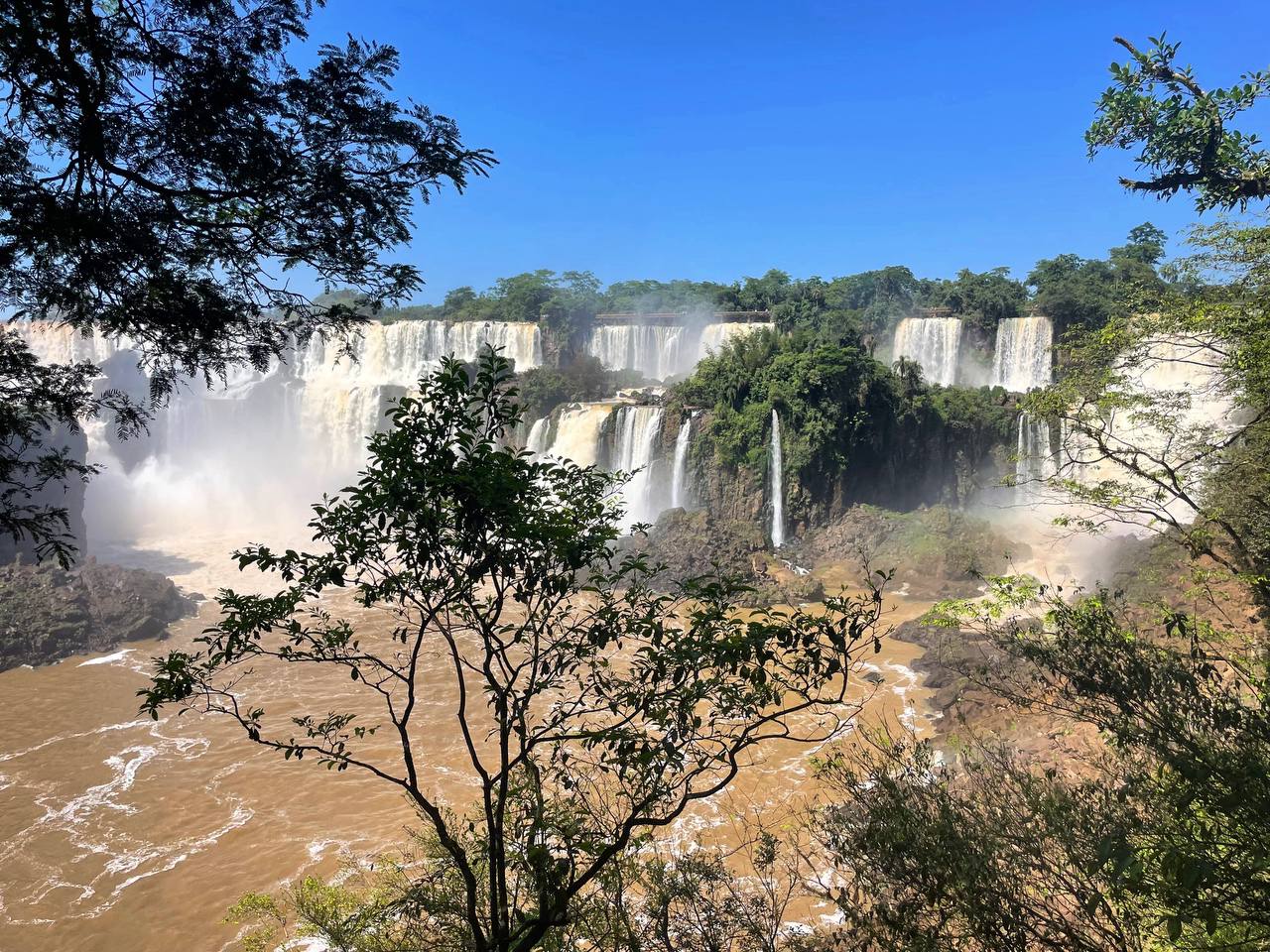
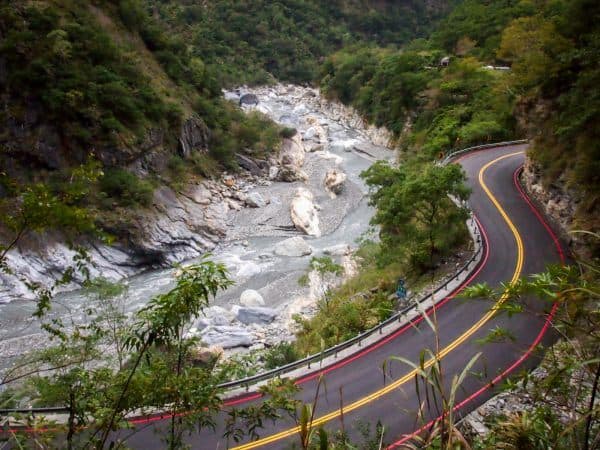
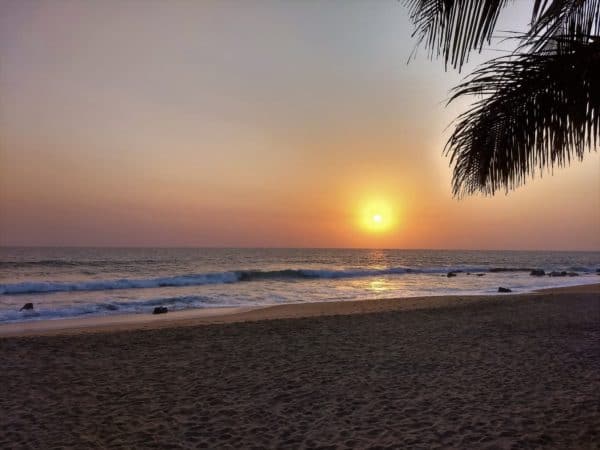
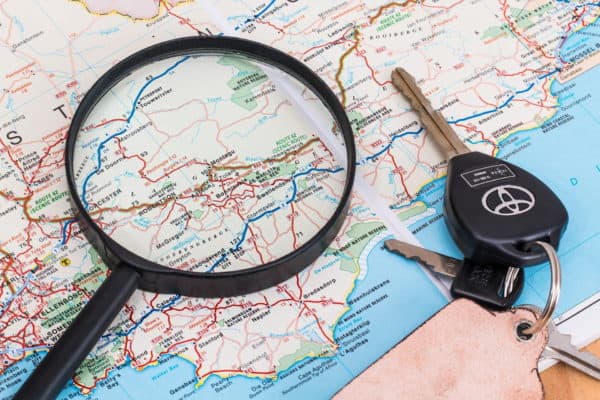

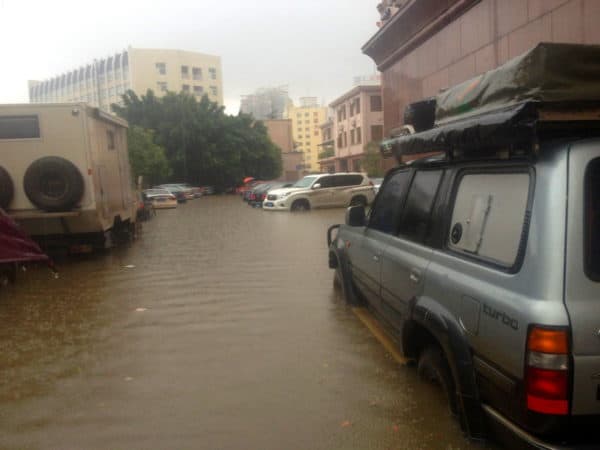
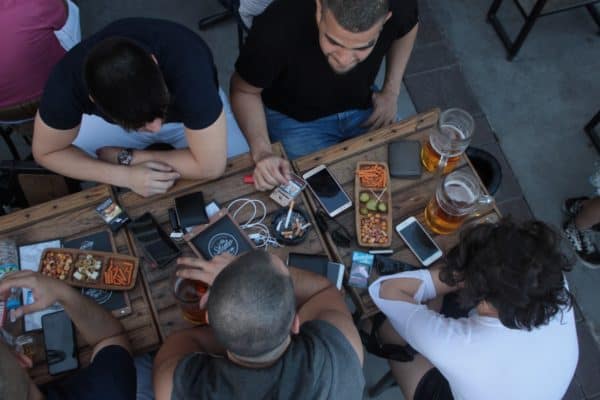
Thanks for featuring Zab’s piece. I think he did a really good job of it, and hope it proves useful for anyone travelling in South America!
Great article Zab – and very timely, as I’ve just started my two month stint in Bolivia! I don’t have a smart phone but I do have an iPad – do you reckon the same rules apply if I want to get a 3G SIM? I assume I’ll have to cut it down (which terrifies me only slightly…) and I’m guessing from this piece that you’d suggest Viva as the best carrier. Love to hear your thoughts on this!
Hi! I know VIVA also provide SIM cards for iPads but that may require you to have a contract as opposed to a PAYG SIM card. Some of their contracts do allow you to cancel them before the minimum time period for a small fee, so worth checking out. If they only offer contracts with no possible opt out I would try a regular SIM with a little credit on and just see what happens – at worst you could lose around £5/US$7.50.
Here are a few PDFs from the VIVA website about using 3G and 4G with your iPad.
http://www.nuevatel.com/bundles/viva/pdfs/user_guide_ipad_viva.pdf
http://www.nuevatel.com/bundles/viva/pdfs/viva_3g-user-manual-externo-18-ene.pdf
I hope you are enjoying Bolivia! Any more questions, let me know.
So you want to buy a SIM card in Peru? Be prepared for a long
bureaucratic process – it’s a ‘fun’ way to improve your Spanish 🙂
This is so useful – thanks so much. Got my Viva sim (in Bolivia) but now trying to work out the best mobile modem for my laptop. Any ideas?
Just bought a Personal SIM for Argentina. It’s rubbish. Their internal package allows you to use 10mb as full speed, then it drops to 64kbs, which of is super super slow.
For those needing decent internet access I’d recommend trying Movistar or Claro.
Hopefully I have better luck in Bolivia.
I’ve been traveling Latin America since April 2015. I’ve run into various cell companies throughout. Claro in Guatemala has a special deal to call USA for ~$.04/min.; same with MasMovil Panama. Claro-Colombia has this rate but limited to 25min/mo. I’m currently in Peru and have a Movistar chip. Is anyone aware of other Latin American countries with special USA dialing rates? And if so how are they accessed?
A bit of an old article (in web terms) but great to find the answer to “what happens if i get a monthly package in Bolivia and also a daily package – which is used first?”
Just to reply to the Gringos complaining about “why do I have to register my SIM card”
Because people use anonymous SIM cards to do extorsion where they send hitman round if you don’t pay their money. This was used on even primary schools in SMP in Lima while I was there.
Safe to say if they had to choose between inconveniences for Gringos and…..
Well. you get me
I’m planning a year long trip through South America in 2016. I currently work remotely and will continue to work while traveling. I’m concerned with the Internet connections in SA, specifically in the more remote areas. I’m planning on purchasing SIM cards in each country I enter and using my cell phone as a hotspot / tethering device when there is no Internet connection. I’m concerned that in these remote areas there will be NO Cell Phone Reception which will mean No Internet Connection. How often would you say you ran into no cell phone reception? And would you say its possible to continue to work remotely in SA by using my cell phone as a hotspot?
Hi Ryan,
Firstly, sorry for the slow response. We have been on the road and getting over jet lag. It’s great you have the year to travel around South America. I’m a firm believer in travelling slowly especially if you work remotely like we all do.
It really depends how remote you’re talking about. The most difficult time for internet connection was in El Chaltén in southern Argentina. It was painfully slow, though I have heard that much has been improved. I would suggest asking a hostel or hotel in this large village if you are planning on visiting. Also when travelling, as in on buses, and it is very remote, we most certainly didn’t get internet and on occasions no phone signal.
It’s been two years since we were in that part of the world. It’s important for folks to realise that many of these countries rely heavily on mobile internet systems (GSM masts/satellites). Installing cables around the country is just neither feasible nor cost effective.
So the upshot is we never went several days without internet and having your own sim card and using your phone as a hotspot is a good idea. I would suggest a couple of things for you. Have a spare battery pack and if you don’t have an iPhone make sure you are fully versed in how to set up the phones network and data settings. We met several people who had a lot of hassle or just didn’t get the system to work with their phones. Things may have changed but with their android OS they had to request the mobile network send a profile to the device.
Any further questions let me know.
I travelled in Argentina in December 2018-January 2019. I originally purchased a prepaid cell package from Movistar but found that I could not access the internet. After multiple trips to Movistar branches I ended up at a Samsung store where the staff person told me that from time to time he has found the internet does not work on cell phones purchased outside of Argentina, and it is always with Movistar packages!
I switched to Claro and the internet worked like a charm. Claro also provided coverage in the rural Traslasierra Valley in Cordoba Province, where friends with Movistar and Personal packages had no signal.